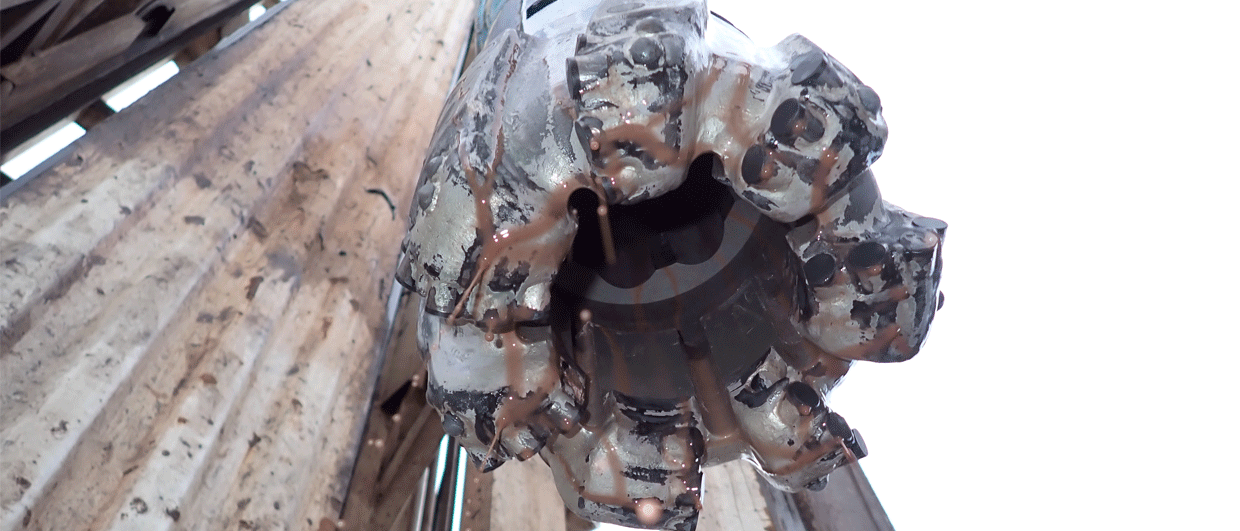“In a way, we have benefitted from the slowdown in drilling activity”, says Steve Rait from Reservoir Group when we meet at the company’s coring headquarters just north of Europe’s oil and gas capital Aberdeen. Steve is Coring Manager at Reservoir Group – a position in which he ensures that the coring jobs his company is involved with run smoothly. Reservoir Group sends coring equipment all over the world – from the hotspots in Namibia and Guyana to smaller projects on the continent.
Thirty years ago, in the North Sea, companies would cut core routinely to the point where even the reservoir sections in development wells were fully cored. This led to many service companies offering coring expertise. Increased pressure on rig rates and the dramatic effect of the recent downturns have all caused the landscape of coring contractors to shrink. The result is that we are now the biggest player in the region, along with gaining a much
stronger foothold internationally”, says Steve.
MORE COMPLICATED RESERVOIRS
Another thing that has changed is the types of reservoirs that are being cored. “Whilst back in the days, reservoirs were often relatively “clean”, today we see increasingly complicated sections, especially more thinly-bedded successions”, Steve explains. “And the risk of something going wrong in these strata is much higher, putting more pressure on selecting the right tools for the application.”
One of these tools Reservoir Group further developed is the “Half Moon on Ice” concept. “It may sound a little cryptic”, says Steve, “but it is basically a liner that consists of two halves that slot into our “in Sleeve System Inner Tube. This enables quick inspection of the core when it is brought to surface. The Ice term originates from a treatment the liner receives before it is slotted in the core barrel to reduce jamming of the core.”
“Another issue we try to prevent is bit balling”, continues Steve, “which is a common phenomenon when drilling mudstones. We apply a coating to the bit that reduces sticking. In addition, our bits are asymmetric, such that whirling does not take place that easily. A high blade standoff further ensures that drilling fluids and the cuttings can easily migrate out of the bit.
“We have an innovation team that continuously works on improving our technology”, concludes Steve, ”but it is always the geology that determines how
long of a core we cut per trip. In addition to that, let us not forget that a coring job always takes place at critical moments. We have to make absolutely sure that our kit arrives on time, works properly, and succeeds in having a good quality core recovered to surface.”

